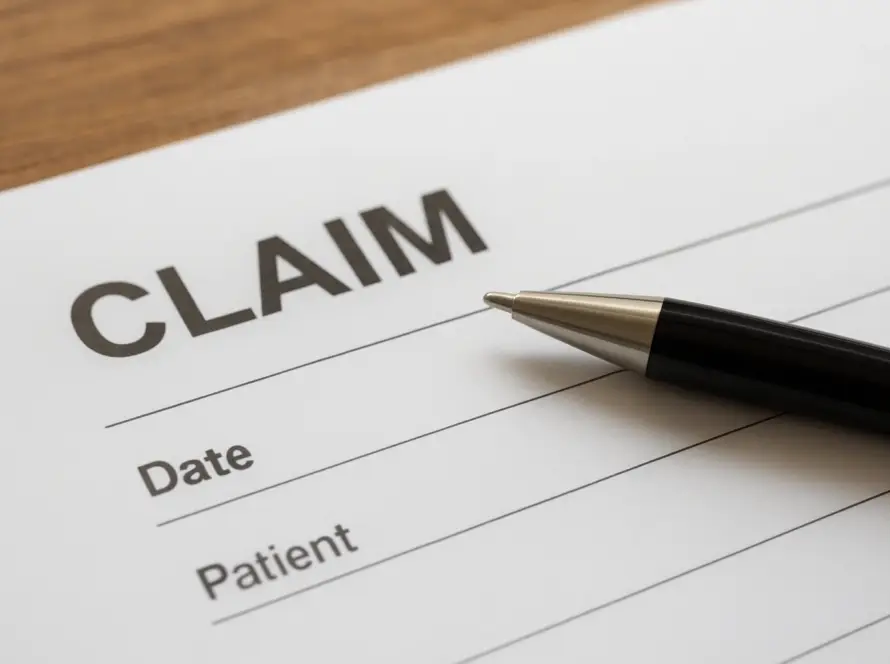Accounts Receivable (AR) is one of the most important financial indicators for medical practices. When claims remain unpaid for weeks or months, cash flow slows down and operations suffer. AR recovery in medical billing focuses on reducing the time it takes to collect payments from both insurance companies and patients. By adopting the right strategies, practices can speed up reimbursements, minimize bad debt, and maintain financial stability.
Table of contents
What is AR recovery in medical billing?
AR recovery refers to the process of collecting unpaid claims and balances that healthcare providers are owed. It includes both insurance claims and patient payments, which are often tracked in aging categories such as 30, 60, or 90+ days outstanding. Effective AR recovery involves claim follow-up, denial management, appeals, and patient payment reminders. By staying proactive with these tasks, practices can reduce payment delays and ensure a healthier revenue cycle.
Why AR recovery is critical for practice revenue
Timely AR recovery is essential to maintaining steady cash flow and supporting the financial health of a practice. When claims remain unpaid for too long, providers face liquidity issues that can impact payroll, staffing, and investment in patient care. Delays in AR also increase the chances of claim denials and write-offs.
By strengthening AR processes, practices improve overall revenue cycle efficiency and ensure predictable collections. Effective AR recovery is a central part of Revenue Cycle Management Services and is closely tied to denial prevention. Addressing denials early not only speeds up reimbursements but also reduces the likelihood of future payment delays.
Best practices for improving AR recovery
Recovering outstanding claims requires a structured approach. The following best practices help providers reduce outstanding balances and improve collection rates.
Regular AR aging analysis and follow-up
Practices should monitor AR aging reports on a weekly or monthly basis to identify claims that are approaching the 60- or 90-day mark. Prioritizing timely follow-ups with payers ensures claims don’t slip into higher aging categories, where recovery becomes harder. Many practices benefit from automated reminders and workflows that flag overdue accounts for immediate action.
Prioritize high-value and older claims
Not all claims have the same impact on revenue. High-value claims or those pending for over 60 days should take priority during follow-ups. Assigning dedicated staff or outsourcing AR recovery helps practices focus on the claims that will generate the most immediate financial return, reducing the overall days in AR.
Denial prevention and appeals management
Denials are one of the biggest contributors to delayed AR recovery. Preventing denials through accurate coding, eligibility checks, and clean claim submission is key to reducing aging balances. When denials do occur, practices must have a clear appeals workflow in place to resolve them quickly.
Patient collections and financial counseling
Patient responsibility accounts for a growing share of healthcare revenue. Clear financial policies, upfront communication of costs, and offering payment plans improve patient collections. Front desk teams play a vital role here by verifying insurance, estimating patient responsibility, and collecting co-pays at check-in. This aligns directly with the support provided by Front Desk Support Services.
Technology and automation in AR recovery
Modern AR recovery is powered by technology that streamlines claim tracking, denial prevention, and follow-up. Claim management software and EHR integrations allow practices to monitor outstanding balances in real time, reducing manual errors and delays. Automated reminders for aging claims and built-in denial tracking tools improve efficiency across the board.
Partnering with a vendor that offers robust reporting dashboards and seamless software integration ensures practices can make data-driven decisions. For more on how technology supports growth, explore our Practice Development Services.

Training your billing team for faster AR recovery
A well-trained billing team is essential for minimizing delays and maximizing collections. Ongoing education on payer rules, coding changes, and denial trends helps staff stay current with industry requirements.
Vendor partnerships can also play a role by providing specialized training and knowledge transfer. This ensures that billing teams can handle payer-specific complexities and respond quickly to claim rejections or denials, reducing overall days in AR.
Case examples of improved AR recovery
Consider a small practice that once averaged 75 days in AR. By implementing consistent follow-ups and automated claim tracking, they reduced their AR days to 40 within six months. Another specialty group partnered with an external billing vendor and saw their denial overturn rate improve by 25%, leading to faster reimbursements and improved cash flow.
These examples highlight how a structured AR recovery strategy can produce measurable financial improvements for practices of all sizes.
Choosing the right AR recovery partner
Not all vendors are created equal, so choosing the right AR recovery partner is critical. Look for companies with proven experience in your specialty, strong reporting tools, and transparent communication practices.
Key qualities include:
- Expertise in payer-specific rules and denial management
- Commitment to compliance and data security
- Performance guarantees tied to KPIs like Days in AR and clean claim rates
- Flexible pricing models that align with your practice’s size and revenue goals
The right partner doesn’t just collect payments—they become an extension of your team, helping to safeguard long-term financial stability.
Conclusion
Effective AR recovery is essential for maintaining steady cash flow and ensuring the financial stability of healthcare practices. By combining best practices like regular AR analysis, denial prevention, patient collections, and technology-driven automation, providers can significantly reduce outstanding balances. Ongoing staff training and selecting the right recovery partner further strengthen results, making collections faster and more efficient.
For deeper guidance, the Centers for Medicare & Medicaid Services (CMS) provides valuable insights into claim submission and reimbursement policies.
Ready to improve your AR recovery process? Talk to a Medical Billing Expert today and discover how Practice Perfect can help streamline your revenue cycle and achieve faster payments.
FAQs
AR (Accounts Receivable) recovery refers to the process of collecting unpaid claims and patient balances to improve cash flow and maintain a healthy revenue cycle.
It’s best practice to review AR aging reports weekly or bi-weekly. Regular monitoring ensures overdue claims are followed up on before they become harder to collect.
The most common causes include claim denials, incomplete documentation, insurance delays, and lack of timely follow-up.
Automation tools, EHR integrations, and claim tracking software speed up follow-ups, reduce errors, and streamline the recovery process.




